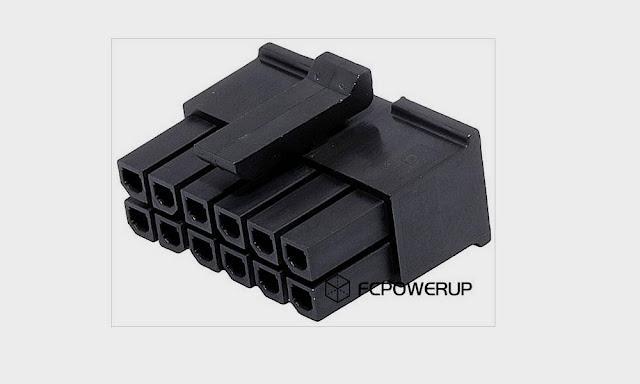When we first saw the design of the GeForce RTX 30 a very important question came to mind, why would NVIDIA have decided to use a double-sided PCB and a cooling system with two fans located at each end, and at each face? At the time, we couldn't think of any explanation that could answer this question in a truly sensible way, but today we have a rather interesting idea that, frankly, makes a lot of sense.
NVIDIA could have opted for that build and for that cooling system because the GeForce RTX 30 will, in theory, have two chips to cool. The first would be the GPU, which would integrate the shaders, the texturing units, and the geometry motors, and the second chip would be a support coprocessor that would be installed on the opposite side of the PCB and on the other end of the graphics card, and that would house the RT nuclei and the tensor nuclei.
In effect, this means that NVIDIA could split all the key components that come integrated on a single chip in the GeForce RTX 20 series into two silicon pads. The GPU would maintain the classic concept that we saw in Pascal (GTX series 10) and in previous generations, and the coprocessor would house all the new generation components dedicated to ray tracing and artificial intelligence.
I know it may sound strange, and it may even seem like a step back, but the truth is that it is a multichip approach that makes a lot of sense. Doubling or tripling the RT cores and the tensor cores, and increasing the number of shaders is too great a leap to apply and integrate into a single GPU, on a single chip.
Think, for a moment, of all the possibilities of failure that a chip with all those elements would have to produce in a wafer. Well, dividing it into two parts reduces the risk by transferring it to the wafer, and contributes to improving the cost ratio significantly. On the other hand, it also fits perfectly with the latest leaks that we had seen since they left us a count of RT cores that did not fit with the count of SM units.
GeForce RTX 30: one 12-pin connector for the GPU, and one 4-pin connector for the coprocessor
That information has been further reinforced by a recent leak that suggests that NVIDIA could use an additional 12-pin power connector on the GeForce RTX 30. This connector would serve, together with the PCIE connector, to power the GPU and the other basic components of the graphics card, while the four-pin connector would do the same with the coprocessor.
If all this is confirmed we can be clear that the GeForce RTX 30 is going to make a huge leap compared to the previous generation, and that the information that spoke of an increase in performance in ray tracing between two and four times greater compared to RTX series 20 could end up being totally true. However, do not get carried away by expectations, keep in mind that there are still many things in the air and that nothing has been confirmed.
I must say that I am quite concerned about the possible price of the GeForce RTX 30. I do not want to appear negative, but all these changes have required a significant investment by NVIDIA, and its execution in commercial products involves a series of costs that, together with the performance improvement they will bring, could end up significantly raising the sale price of these new graphics cards.
Only the cooling system of the GeForce RTX 30 could already cost an extra between $ 50 and $ 100, so make numbers. We know that NVIDIA is not planning to keep the RTX 20 series as an economical alternative to its new graphics generation, since the production of almost all that generation has ceased, so we can only cross our fingers and hope that AMD launches something truly competitive with RDNA 2 architecture so that there is a price war that benefits us all.









![[GUIDE] Ubuntu: how to free port 53 used by systemd-resolved](https://blogger.googleusercontent.com/img/b/R29vZ2xl/AVvXsEhTnOVoFyPFdIH_O58bx2dvTOjds0TlkTktMpMg3tW7GKuhiqyPivAPPjChpHvd-2TKm8yfhrpX_VGnBjV_e5h7HYEB9Ic07hkLGIRPF-mbsh7iFMICQwmNWAxq11PYPWz16aHUjhPCPacG/w100/ubuntu-19-04-eol.jpg)

0 Comments